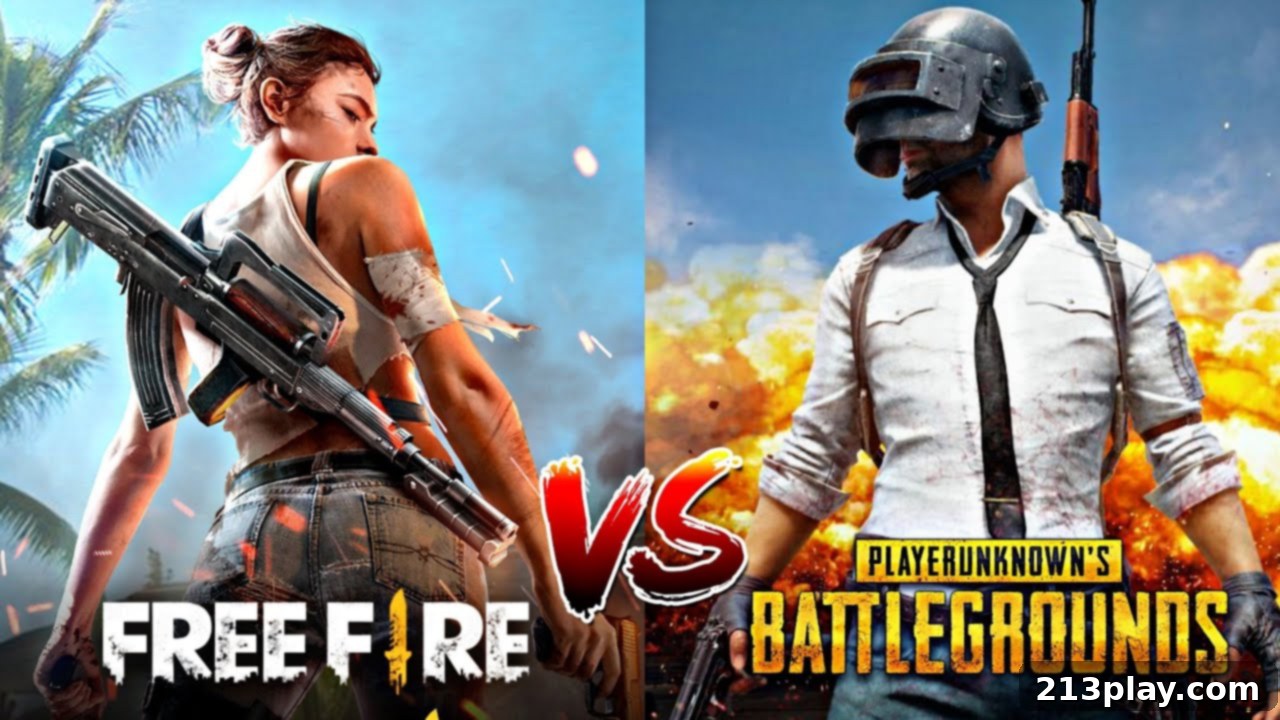Free Fire vs. PUBG: An In-Depth Battle Royale Showdown for Mobile Gamers
Table of Contents
Free Fire or PUBG: The Ultimate Mobile Battle Royale Comparison
The year 2017 was pivotal for mobile gaming, ushering in an era dominated by the battle royale genre. On March 23rd, Bluehole launched their highly anticipated online multiplayer shooting game, PlayerUnknown’s Battlegrounds (PUBG). It quickly captivated a global audience, achieving an astonishing 734 million downloads on the Play Store alone. However, PUBG wasn’t alone in shaping this new landscape. Later that same year, Sea Limited introduced its own contender, Free Fire Battlegrounds, which rapidly garnered over 500 million downloads. Both titles exploded onto the scene, creating an intense rivalry for the hearts and screens of mobile gamers worldwide.
While download numbers offer a glimpse into a game’s popularity, they don’t tell the whole story. To truly determine which of these titans offers a superior experience, we must delve deeper into critical aspects of their design and gameplay. This comprehensive comparison will analyze various factors, from their core technological foundations to player experience and ongoing content strategies, ultimately helping you decide whether Free Fire or PUBG is the better battle royale game for your preferences. Let’s explore the intricacies of these two mobile gaming giants.
Game Development Engine: Powering the Experience
 |
 |
The choice of a game development engine is fundamental; it dictates a game’s visual fidelity, performance, and overall interactive experience. This foundational technology is arguably the most crucial factor shaping player interaction and can significantly influence the perception of Free Fire or PUBG.
PUBG, developed using the Unreal Engine, benefits from its reputation for creating high-fidelity, realistic graphics and complex physics. This engine is renowned for its capabilities in rendering detailed environments, lifelike character models, and advanced lighting effects, providing PUBG with a distinct visual edge, especially on higher-end devices. Players often praise PUBG for its immersive visual experience, which stems directly from the power of the Unreal Engine.
Conversely, Free Fire is built on the Unity Engine. While Unity is also a robust and versatile engine, particularly celebrated for its efficiency and strong support for mobile development, it often prioritizes optimization for a wider range of devices over raw graphical prowess. This strategic choice allows Free Fire to run smoothly on lower-spec smartphones, broadening its accessibility to a massive global audience. While its graphics may not always match PUBG’s realism, Free Fire still delivers engaging visuals and a fluid gameplay experience, proving that impressive aesthetics aren’t solely dependent on ultra-high-end rendering. Both games manage to deliver stunning visuals within the constraints and strengths of their chosen engines, but their graphical styles reflect these underlying technological choices.
Game Supporting Platforms: Reaching Every Gamer
 |
 |
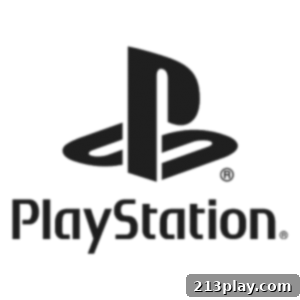 |
 |
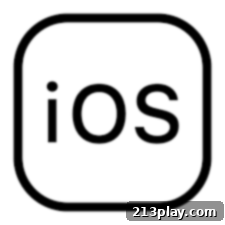 |
A game’s availability across various platforms is crucial for maximizing its reach and player base. The more platforms a game supports, the wider its potential audience, a factor that can heavily influence the Free Fire or PUBG debate.
PUBG adopted a multi-platform strategy from the outset, launching on PC and quickly expanding to Xbox One, PS4, and Google Stadia. This broad console and PC presence allowed PUBG to cultivate a massive, diverse player base beyond just mobile users. The subsequent release of PUBG Mobile for Android and iOS further solidified its position, making it accessible to virtually every segment of the gaming population. This widespread availability has contributed significantly to PUBG’s global success and its thriving esports scene, where players compete across different platforms.
In contrast, Free Fire has primarily focused on the mobile gaming market, specifically Android and iOS. This strategic decision enabled Garena to optimize the game for mobile devices, ensuring smooth performance and intuitive controls tailored for touchscreens. While it doesn’t have native console or PC versions, players can still enjoy Free Fire on larger screens by connecting their smartphones to consoles or TVs, or by using Android emulators on PCs. This mobile-first approach has allowed Free Fire to dominate in regions where mobile gaming is paramount and access to high-end PCs or consoles is less common, making it incredibly accessible and catering to a specific, vast demographic.
Player Perspective: Immersion and Strategy
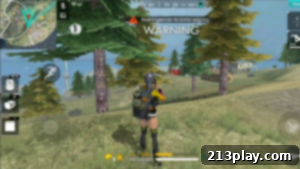 |
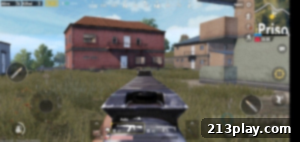 |
The player’s perspective is a critical element that shapes gameplay, immersion, and strategic options in any shooter game. It significantly impacts how players perceive and interact with the game world, making it a key differentiator when comparing Free Fire or PUBG.
Free Fire exclusively offers a third-person perspective (TPP). In TPP, players view their character from behind, allowing for a broader field of view that makes it easier to spot enemies, peek around corners without fully exposing oneself, and maintain situational awareness. This perspective often lends itself to more tactical gameplay focused on cover and positioning, making it a familiar and comfortable experience for many mobile gamers.
PUBG, on the other hand, provides players with greater flexibility by offering both first-person perspective (FPP) and third-person perspective (TPP) modes, complete with dedicated servers for each. The FPP mode places the camera directly inside the character’s head, offering a highly immersive experience and requiring more precise aiming skills. It eliminates the ability to peek around objects without exposing your character, making engagements feel more direct and often more intense. TPP in PUBG functions similarly to Free Fire, offering a wider view and strategic advantages. This dual perspective system in PUBG caters to a broader range of player preferences and playstyles, allowing competitive players to choose the mode that best suits their skill set or strategic approach. The availability of both options in PUBG provides a deeper and more diverse gameplay experience compared to Free Fire’s singular TPP offering.
Game Character Customization: Personalizing Your Avatar
 |
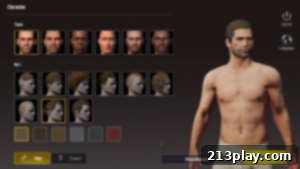 |
Character customization plays a vital role in player engagement and personal expression within battle royale games. Both PUBG and Free Fire excel in offering a rich variety of well-designed, interesting characters, many of whom are inspired by celebrities. PUBG has featured characters inspired by figures like Idris Elba, while Free Fire famously includes a character modeled after Bollywood superstar Hrithik Roshan. The inclusion of relatable celebrities adds a unique appeal, but let’s compare which game offers superior character customization: Free Fire or PUBG?
Both games offer an impressive array of customization options, allowing players to personalize their in-game avatars extensively. In both titles, players can modify various aspects of their character’s appearance, including hair, facial features, and a vast wardrobe of clothing items ranging from casual wear to elaborate costumes. This depth of cosmetic choice enables players to create a unique identity on the battlefield, reflecting their personal style or preferences.
However, there’s a notable difference in the functionality of characters. While PUBG’s characters are primarily cosmetic, serving as visual representations for players, Free Fire takes it a step further by integrating unique character abilities and skills into its gameplay. Each Free Fire character comes with a distinct active or passive skill that can influence strategies and team compositions, adding a layer of tactical depth beyond mere aesthetics. This blend of visual customization and gameplay-altering abilities gives Free Fire a unique edge in character development, while PUBG focuses purely on cosmetic variety, offering an expansive arsenal of skins for weapons, vehicles, and parachutes to ensure players can always stand out.
Frequent Game Updates: Keeping the Action Fresh
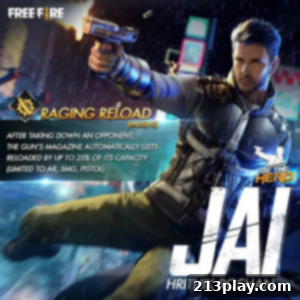 |
 |
In the dynamic world of live-service games like battle royales, frequent and meaningful updates are paramount for maintaining player engagement and ensuring the game’s longevity. Regular updates keep the gameplay fresh, address player feedback, introduce new features, and prevent the experience from becoming stale. This continuous evolution is a critical aspect when evaluating Free Fire or PUBG.
Both PUBG and Free Fire developers understand this principle well, consistently rolling out updates that enhance their respective platforms. These updates often include a variety of content: new characters, additional maps, fresh game modes, weapon balance changes, and bug fixes. The constant influx of new content keeps players eagerly anticipating what’s next, encouraging them to return regularly.
For instance, PUBG has introduced characters like Andy, often accompanied by themed events such as “Andy’s Puppet Show,” which brings unique missions and cosmetic rewards. These updates often focus on expanding the game’s lore, introducing new weapon skins, or refining existing mechanics. Free Fire, on the other hand, frequently collaborates with celebrities to introduce new characters, like the character “Jai,” modeled after the famous Bollywood superstar. Free Fire’s updates often center around adding new character abilities, pet companions, and unique limited-time events that provide different gameplay experiences. While both games are committed to frequent updates, Free Fire often emphasizes new character abilities and fast-paced event cycles, whereas PUBG tends to focus on graphical enhancements, map evolutions, and competitive balance. Both approaches effectively keep their player bases active and engaged in their respective ecosystems.
Final Conclusion: Which Battle Royale is Right for You?
After a thorough evaluation of key features, including game development engine, supporting platforms, player perspective, character customization, and update frequency, the comparison between Free Fire and PUBG reveals two distinct yet highly successful battle royale experiences. While PUBG often stands out for its superior graphics powered by the Unreal Engine, its multi-platform availability, and the strategic depth offered by its dual FPP/TPP perspective, Free Fire holds its ground with remarkable accessibility, excellent mobile optimization for a wide range of devices, and unique character abilities that add a layer of tactical choice.
PUBG’s strength lies in its commitment to realistic visuals and expansive gameplay options across PC, console, and mobile, catering to players who prioritize immersive graphics and varied strategic play. Its robust competitive scene and detailed environments make it a favorite for those seeking a more intense and realistic battle royale simulation.
Free Fire, conversely, thrives on its ability to deliver fast-paced, action-packed matches on virtually any smartphone. Its simplified graphics and character-specific abilities create a distinct, engaging experience that is less demanding on hardware and often preferred by players looking for quicker, more casual gaming sessions or those in regions with limited access to high-end devices. The game’s strong emphasis on mobile-first design has enabled it to build an enormous and dedicated global community.
Ultimately, there is no single “better” game between Free Fire and PUBG; the choice hinges entirely on individual player preferences. If you value cutting-edge graphics, cross-platform play, and diverse strategic perspectives, PUBG might be your ideal choice. However, if accessibility, quick matches, unique character abilities, and a smooth experience on a wider array of mobile devices are more important to you, Free Fire could be the perfect fit. Many gamers even enjoy both titles, appreciating their unique strengths. We hope this detailed comparison has been helpful in guiding your decision. Feel free to explore more of our blog categories to learn about a variety of apps and games.
References
https://ff.garena.com/index/en/
https://www.pubg.com/
